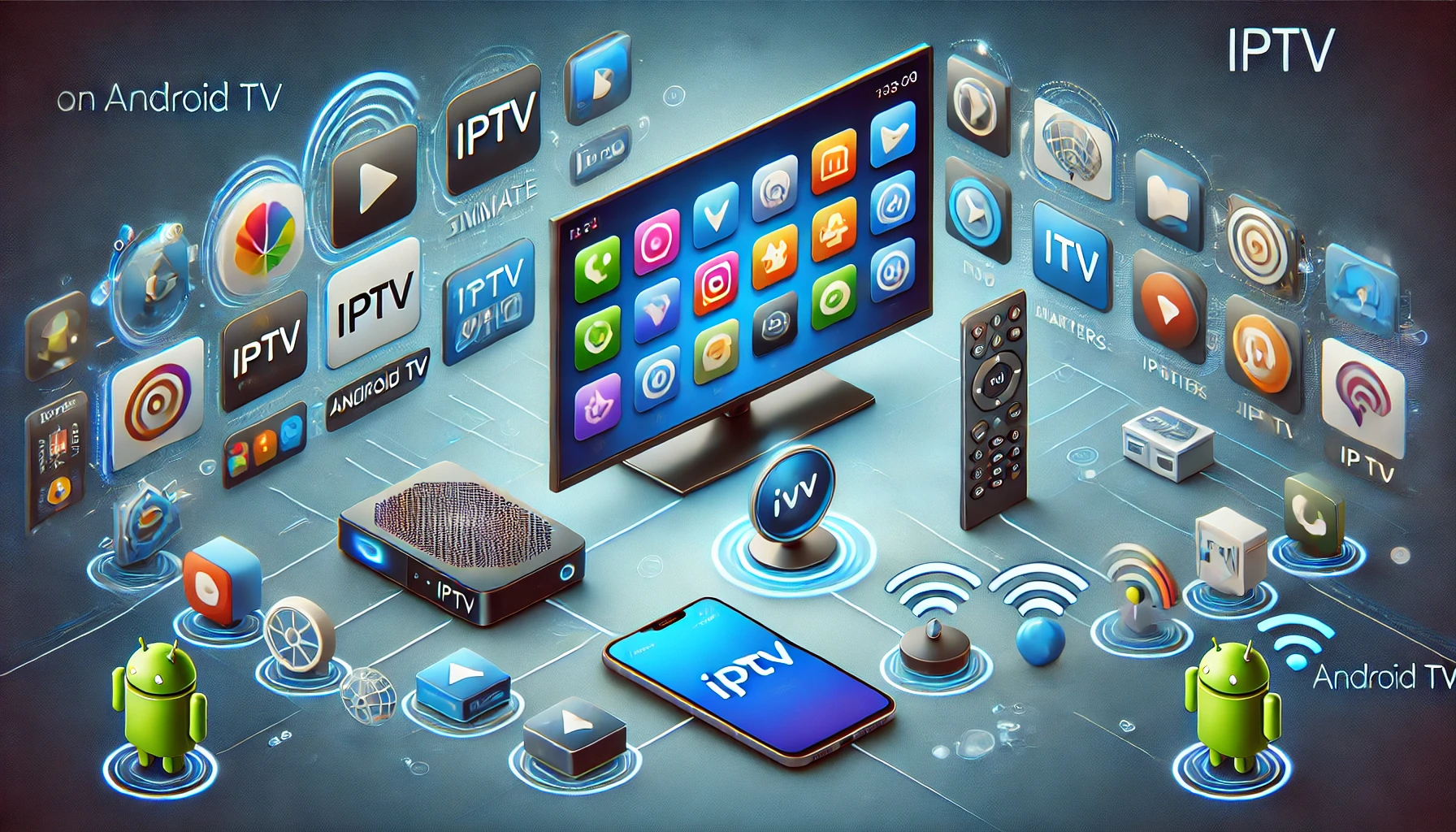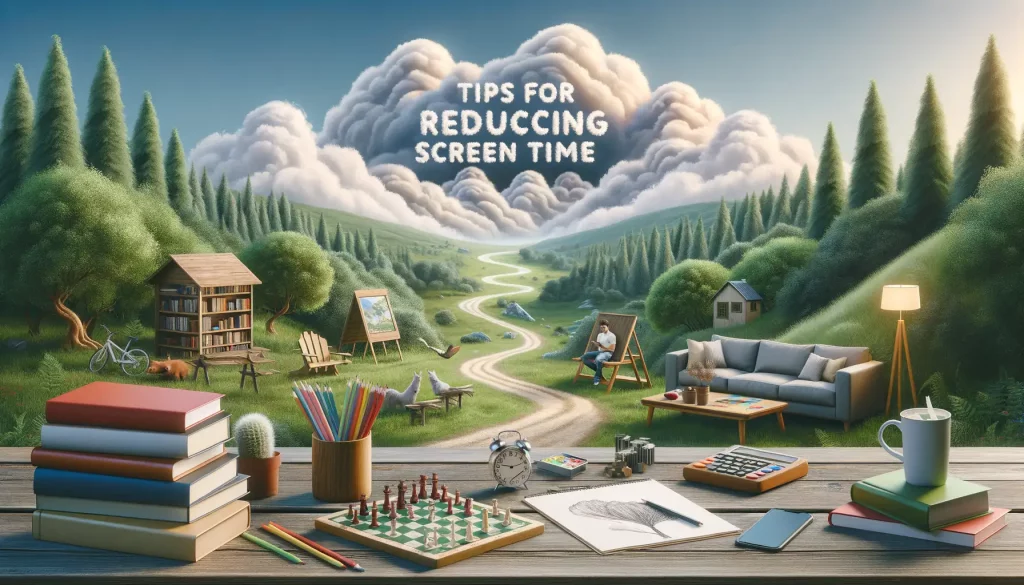Introduction to the Evolution of Sports Broadcasting
Imagine this: it’s a Saturday afternoon in the 1930s. Families huddle around crackling radios, their imaginations painting vivid pictures as announcers describe every play and goal with dramatic flair. This was the birthplace of sports broadcasting—raw, intimate, and utterly captivating. Fast forward to today, and you’re streaming your favorite team on a sleek app, pausing at will, or rewinding to see that jaw-dropping dunk one more time. How did we get here? Let’s take a journey through time and uncover the fascinating evolution of how we experience sports.
From Radio Glory to TV Triumph
The leap from radio to television wasn’t just a technological upgrade; it was a revolution. Television introduced color, replays, and unforgettable visuals. Think of Joe Namath’s swagger during Super Bowl III or Muhammad Ali’s poetic movements in the ring—moments that became larger-than-life. By the 1980s, cable networks like ESPN had turned sports into a 24/7 spectacle. Suddenly, fans weren’t just watching games; they were consuming highlight reels, expert analysis, and interviews that felt like backstage passes.
- 1950s: The first live broadcasts capture black-and-white drama right in living rooms.
- 1972: The advent of slow-motion replays forever changes the way we relive greatness.
A Digital Tidal Wave
In the 21st century, digital technology thundered onto the scene, shaking up everything. Internet-powered innovation brought streaming services that tore down geographic walls. With just a smartphone and Wi-Fi signal, fans could now watch soccer matches in Madrid while sipping coffee in Tokyo. Platforms like DAZN and Amazon Prime Video began offering sports on-demand, flipping the traditional broadcasting script upside down. The power shifted to viewers—they now decided *when*, *where*, and *how* they watched.
And so, the game has changed. From monolithic TV networks to boundary-pushing apps, every step in this evolution has redefined what it means to be a sports fan.
The Rise of Streaming Platforms in Sports

Sports at Your Fingertips: Streaming’s Game-Changing Moment
The roar of the crowd, the thrill of the last-second goal—sports have always been about capturing the moment. But now, thanks to the meteoric rise of streaming platforms, those moments are more accessible than ever. No longer do you need a cable box or rush home to catch kickoff. With a swipe and a tap, you’ve got courtside seats right in your living room—or wherever you happen to be.
What’s driving this revolution? It’s companies like ESPN+, DAZN, and Amazon Prime Video leading the charge. They’ve made phrases like “on-demand” and “multi-screen viewing” as synonymous with sports as halftime snacks. Streaming doesn’t just open a door—it smashes through walls by giving fans exactly what they crave: flexibility, variety, and control.
- Want to rewind that unbelievable slam dunk? Instant replay is in your hands.
- Missed the match entirely? Tune in anytime with archived replays.
- Prefer niche sports? From cricket to curling, there’s a platform for that.
Streaming also means fewer barriers for global audiences. Fans from Tokyo to Toronto can now watch their favorite teams live, breaking traditional broadcast limitations. It’s nothing short of a digital MVP in the world of sports.
How Streaming is Reshaping Viewer Experience
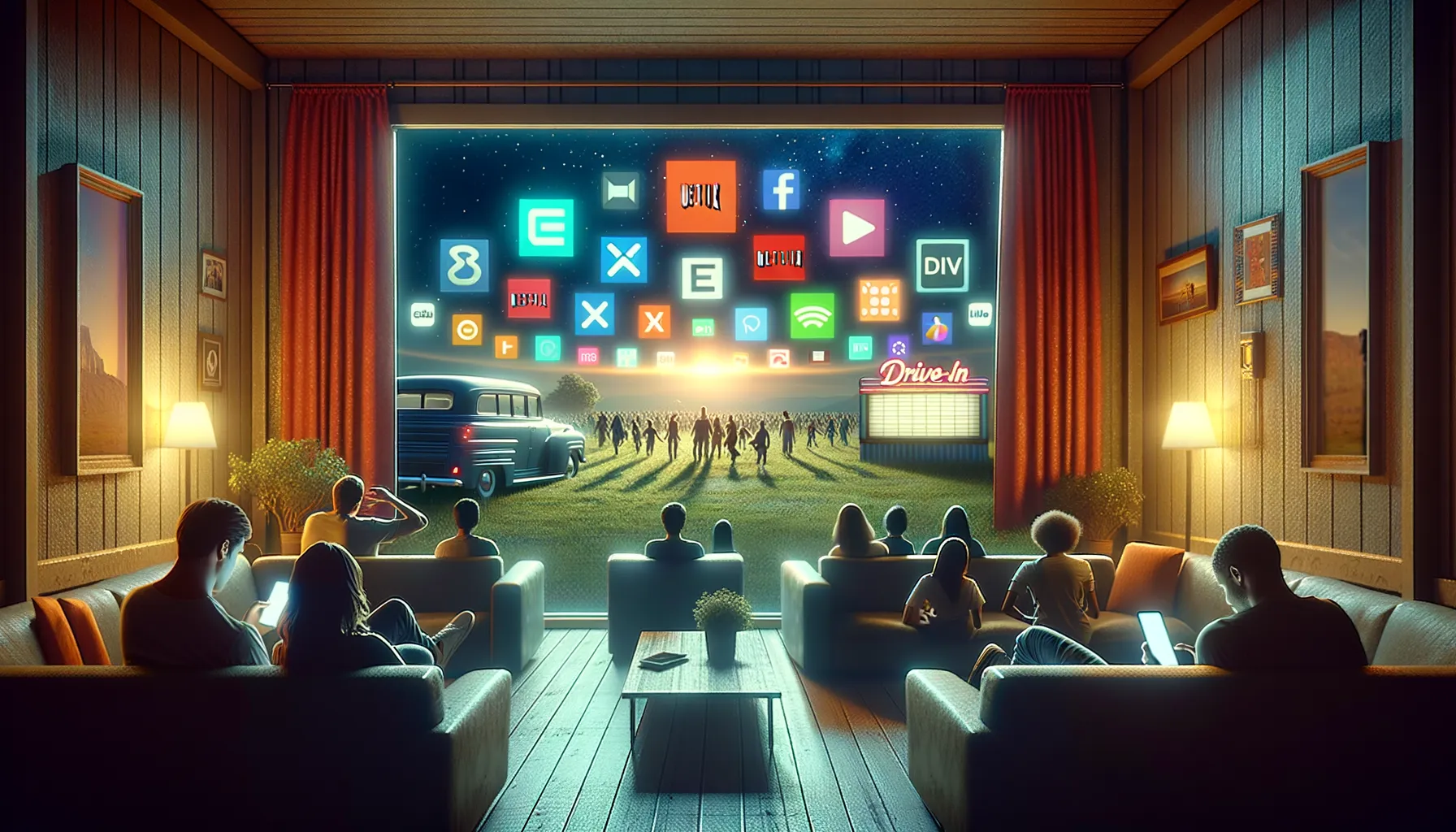
From Scheduled TV to Personalized Playlists
Picture this: no more rushing home to catch a kickoff or waiting endlessly for highlights during a half-time break. With streaming, sports fans are now in the driver’s seat, steering their viewing experience exactly how they want it. Whether it’s watching a live Champions League match on your TV, catching NBA highlights while riding the subway, or rewatching that iconic touchdown at 2 am, streaming has transformed the game.
What makes this shift so exhilarating? It’s all about **control and customization**. Streaming platforms let you:
- Pause live games when life interrupts (because let’s face it, the baby doesn’t know it’s injury time).
- Rewind and replay jaw-dropping goals or buzzer-beaters as many times as you want – no one’s judging!
- Switch between multiple camera angles for a fresh perspective of the action.
Breaking Down Barriers for Every Fan
Streaming erases geographical limits like an unstoppable forward cutting through defenders. Missed a cricket match because it aired at 4 am your time? With **on-demand access**, that’s yesterday’s problem. Global sports events, once reserved for viewers in specific regions, are now universally accessible with just a click.
And it’s not just about access. Streaming platforms like **ESPN+**, **DAZN**, or **Amazon Prime Video** are adding layers to the experience. Picture real-time stats popping up beside the game or a “player cam” focusing solely on your favorite footballer. It’s like getting front-row seats with an AI-powered guide whispering insider secrets in your ear.
Challenges Faced by Traditional Broadcasters
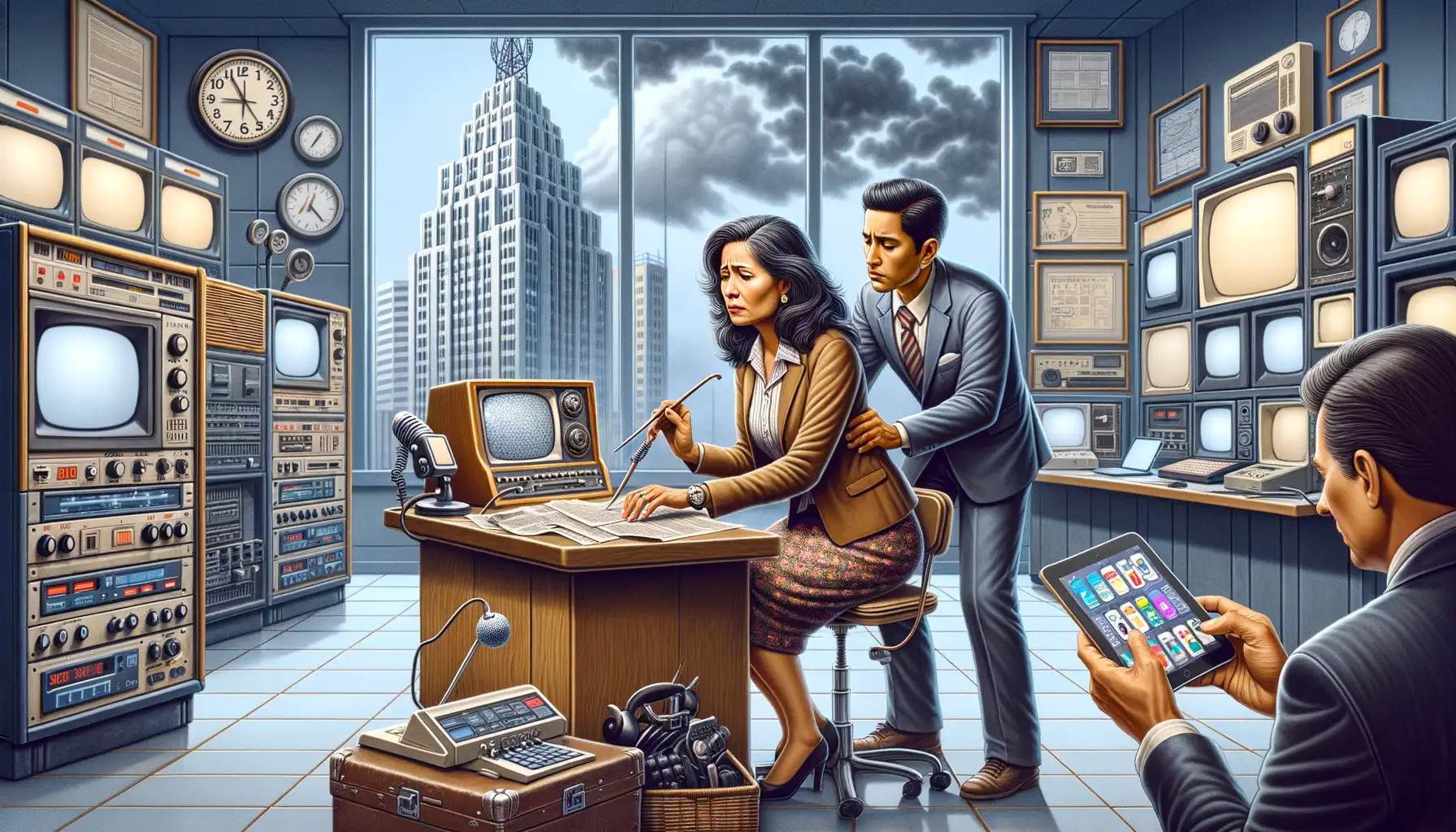
The Digital Disruption: A Mountain for Broadcasters to Climb
The rise of streaming services hasn’t just shaken the table—it’s flipped it entirely for traditional broadcasters. For decades, they were the kings of sports broadcasting, commanding prime-time slots and bringing fans together on the couch. But today? They’re playing catch-up in a game that suddenly has new rules, and the clock is ticking.
Traditional broadcasters face an uphill battle against their nimble, tech-savvy competitors. For one, the shift in viewer expectations has been seismic. Gone are the days when fans patiently waited for scheduled broadcasts. Now, they demand on-demand access, instant replays, and even alternate camera angles—all at lightning speed.
- Cost barriers: Upgrading legacy equipment to match streaming quality can cost millions—no small feat for networks already grappling with declining ad revenue.
- Younger audiences: Gen Z and Millennials are not tuning into cable. They’re choosing platforms like YouTube TV and Twitch, leaving broadcasters scrambling to feel relevant.
Then there’s the sheer agility of streaming platforms. Companies like Amazon Prime Video or DAZN aren’t encumbered by the same restrictions—broadcast rights negotiations, rigid contracts—they operate like sprinters while broadcasters are stuck in an endurance race. Fans notice this and flock to innovation. The pressure is real.
Future Trends in Sports Broadcasting and Streaming
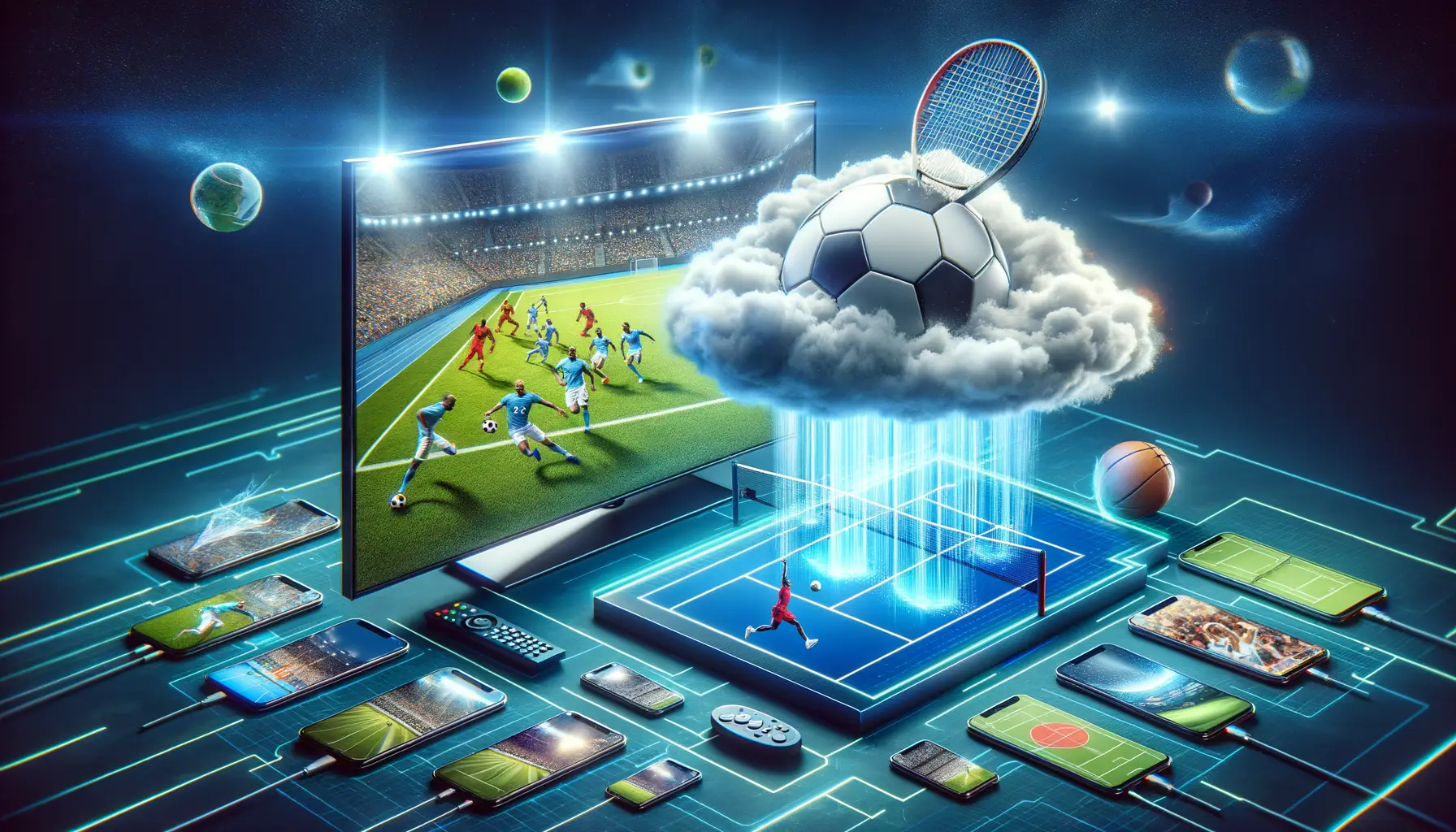
The Tech Revolution: Shaping the Future of Sports Watching
Picture this: you’re lounging on your couch, watching your favorite team through an immersive holographic projection in your living room. No, this isn’t sci-fi; it’s where sports broadcasting is headed! The fusion of technology and innovation is creating a storm of changes that could redefine how we experience every goal, ace, or touchdown.
One trend that’s stealing the spotlight? Artificial Intelligence (AI). Imagine AI-powered cameras that know exactly when to zoom in on the coach’s fury or the crowd’s roar. Add to that real-time analytics overlaid directly onto your screen so you can debate your favorite player’s stats with your friends as the match unfolds.
And then there’s Augmented Reality (AR) and Virtual Reality (VR)
The future isn’t just about watching—it’s about feeling like you’re *in* the game.

